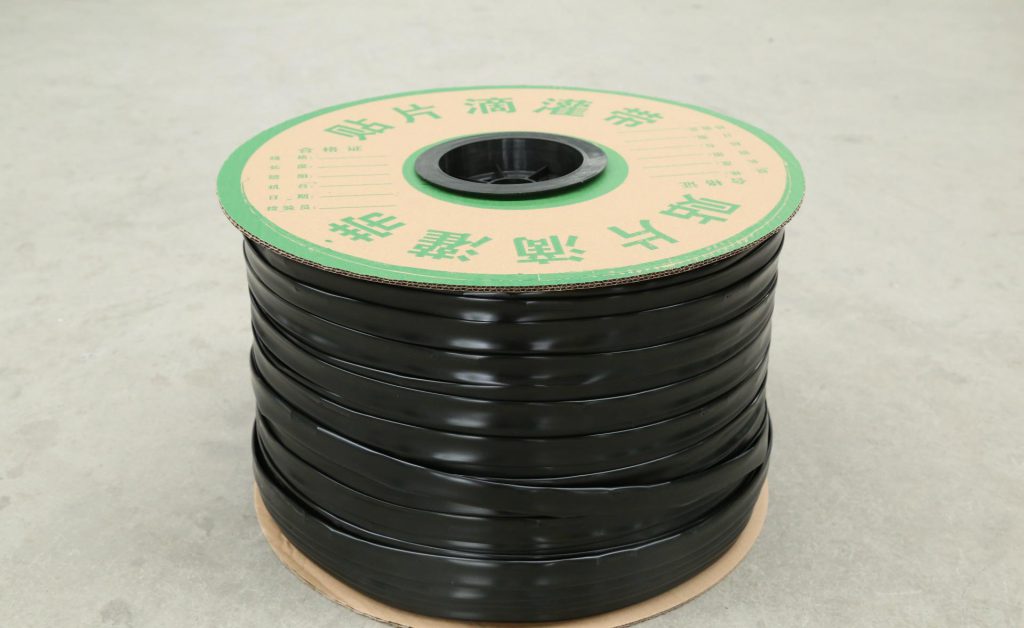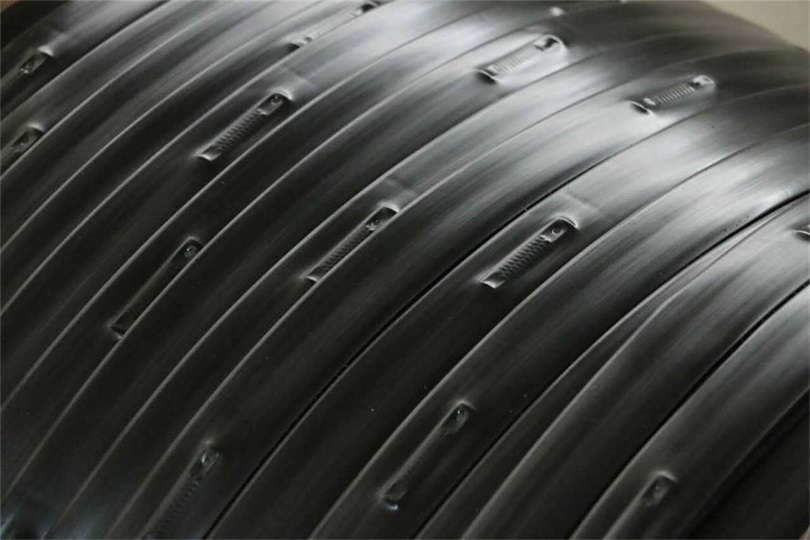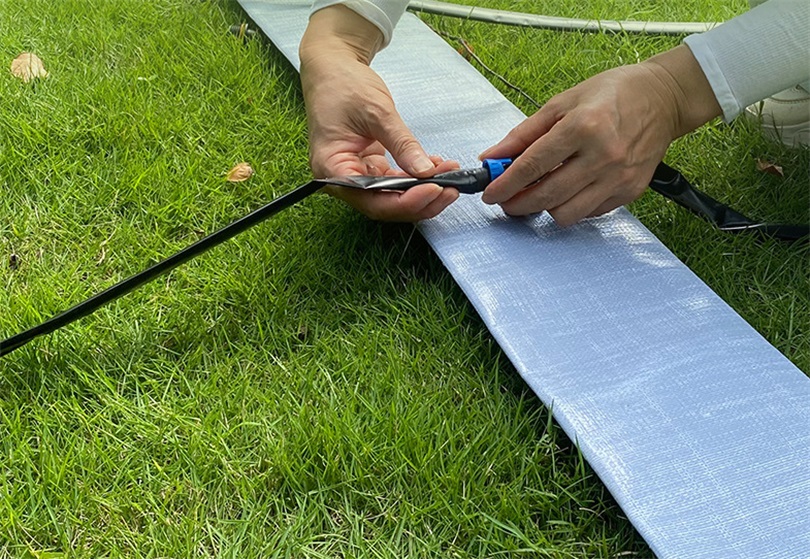Drip Irrigation Tape for Sale
Drip irrigation tape, also known as drip line or drip hose, is a crucial component of a drip irrigation system. It is a thin, flexible plastic tube with evenly spaced emitters or drippers that deliver water directly to the roots of plants. Drip irrigation tape is an efficient and water-saving irrigation method that is becoming increasingly popular for a wide range of crops, including strawberries, vegetables, and trees.

Benefits of using drip irrigation tape:
- Water conservation: Drip tape can save up to 50% of the water used compared to traditional irrigation methods like overhead sprinklers or flood irrigation. This is because drip irrigation delivers water directly to the roots of the plants, where it is needed most, and minimizes evaporation and runoff.
- Increased yields: By providing a consistent and controlled supply of water to the roots, drip irrigation can help to increase crop yields. This is because the plants have access to the water they need to grow and produce fruit or vegetables more efficiently.
- Reduced weed growth: Drip irrigation helps to reduce weed growth by minimizing the amount of water that reaches the soil surface. This is because the water is delivered directly to the roots of the plants, where it is needed most, and the soil surface remains relatively dry.
- Improved fertilizer use efficiency: Drip irrigation can help to improve fertilizer use efficiency by delivering nutrients directly to the roots of the plants. This is because the fertilizer is applied with the water, which helps to ensure that it is absorbed by the plants and not wasted.
How to choose the right drip tape:

When selecting drip irrigation tape, there are several factors to consider, including:
- Flow rate: The flow rate of the drip tape determines how much water is delivered to each plant. The flow rate should be selected based on the type of crop, soil type, and climate.
- Emitter spacing: The emitter spacing is the distance between the emitters on the drip tape. The emitter spacing should be selected based on the spacing of the plants.
- Wall thickness: The wall thickness of the drip tape determines its durability. A thicker wall will be more durable and last longer, but it will also be more expensive.
- Material: Drip tape is typically made of polyethylene (PE), but there are also some options for PVC or ABS resin. PE is the most common choice because it is durable, flexible, and UV-resistant.
How to install drip irrigation tape:

Installing drip irrigation tape is a relatively simple process. The following steps are a general guide:
- Plan the layout: Determine the location of the water source, the length of the drip tape runs, and the placement of the emitters.
- Prepare the soil: Clear the area of debris and make sure the soil is level.
- Lay the drip tape: Unroll the drip tape and lay it along the planned routes. Secure the tape in place with stakes or anchors.
- Connect to the water source: Connect the drip tape to the water source using a pressure regulator and a filter.
- Adjust the emitters: If necessary, adjust the emitters to ensure they are positioned correctly and delivering the desired amount of water.
- Test the system: Turn on the water source and check for leaks or uneven water distribution.
By following these guidelines, you can ensure that your drip irrigation tape system is providing your crops with the water they need to grow and thrive.
Get Best Quote Now

